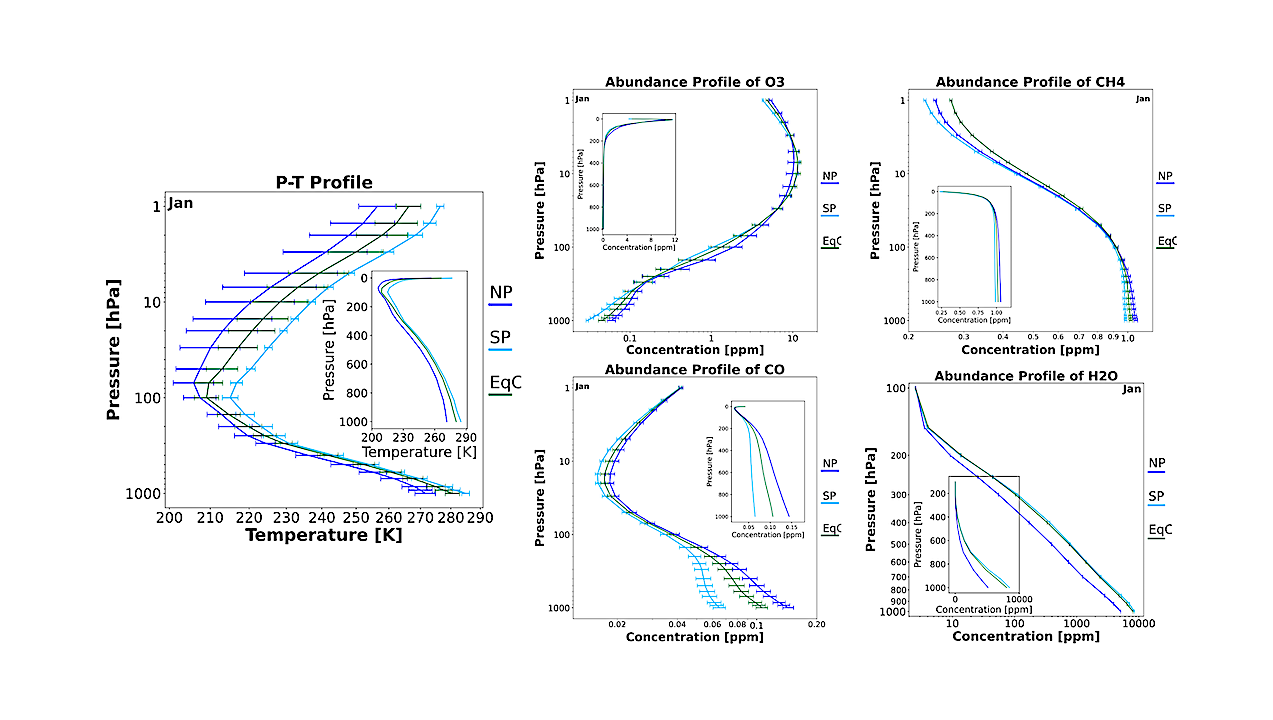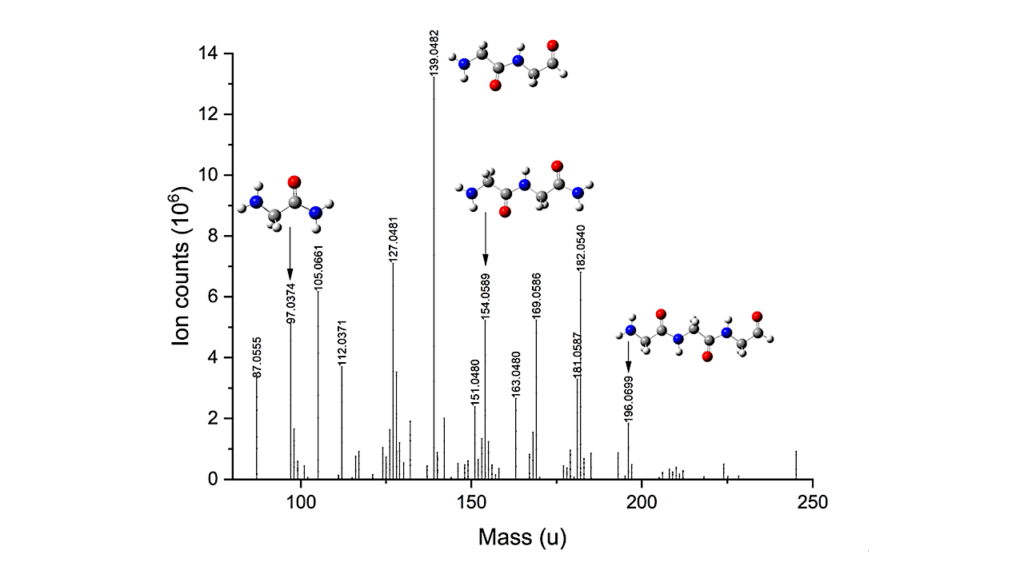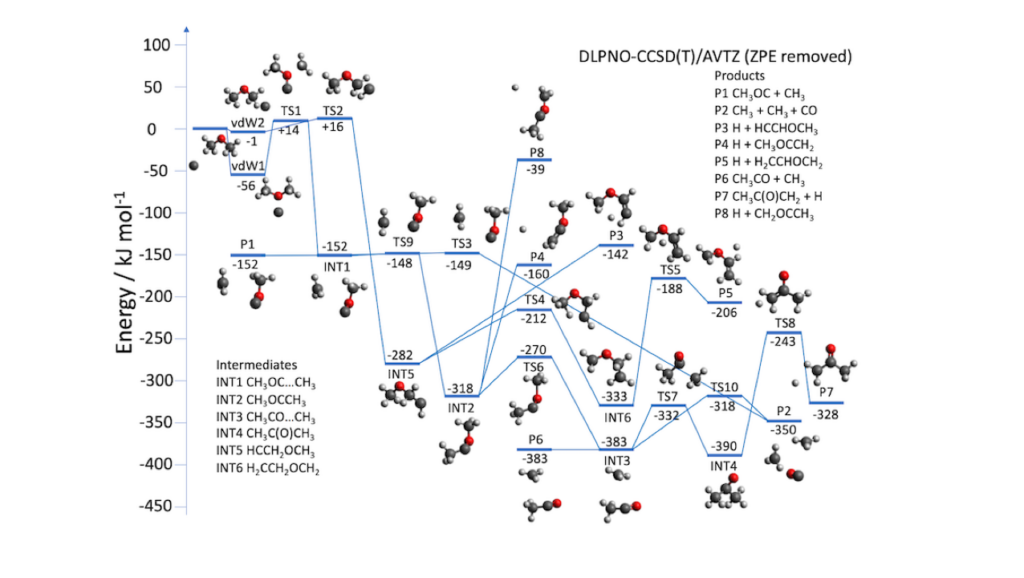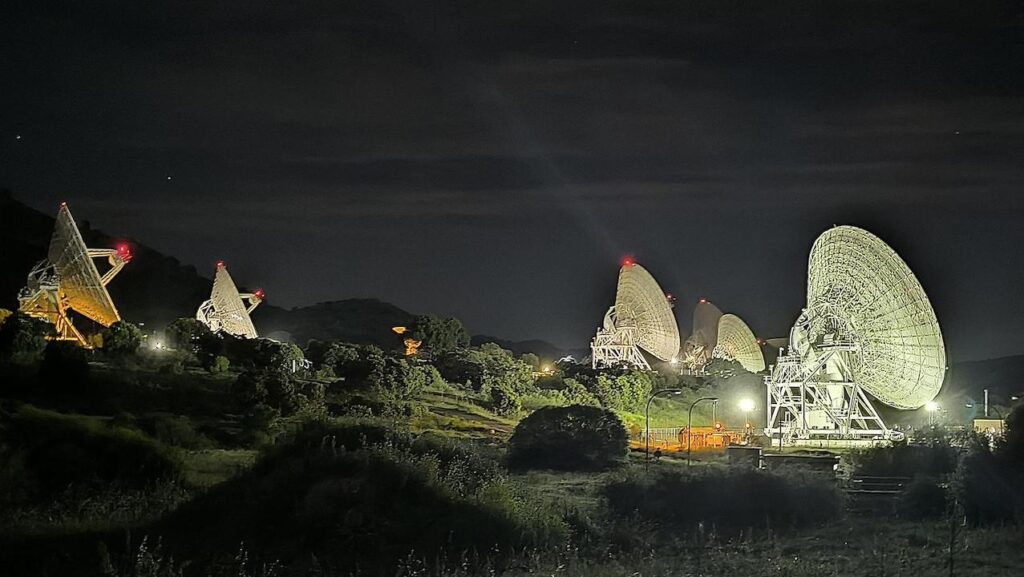Earth As An Exoplanet. III. Using Empirical Thermal Emission Spectra as Input for Atmospheric Retrieval of an Earth-Twin Exoplanet

In this study, we treat Earth as an exoplanet and investigate our home planet by means of a potential future mid-infrared (MIR) space mission called the Large Interferometer For Exoplanets (LIFE).
We combine thermal spectra from an empirical dataset of disk-integrated Earth observations with a noise model for LIFE to create mock observations. We apply a state-of-the-art atmospheric retrieval framework to characterize the planet, assess the potential for detecting the known bioindicators, and investigate the impact of viewing geometry, seasonality, and patchy clouds on the characterization.
Key findings include: (1) we are observing a temperate habitable planet with significant abundances of CO2, H2O, O3, and CH4; (2) seasonal variations in the surface and equilibrium temperature, and in the Bond albedo are detectable; (3) the viewing geometry and the spatially and temporally unresolved nature of our observations only have a minor impact on the characterization; (4) Earth’s variable H2O profile and patchy cloud coverage lead to biased retrieval results for the atmospheric structure and trace gas abundances; (5) the limited extent of Earth’s seasonal variations in biosignature abundances makes the direct detection of its biosphere through atmospheric seasonality unlikely.
Our results suggest that LIFE could correctly identify Earth as a planet where life could thrive, with detectable levels of bioindicators, a temperate climate, and surface conditions allowing liquid surface water. Even if atmospheric seasonality is not easily observed, our study demonstrates that next generation, optimized space missions can assess whether nearby temperate terrestrial exoplanets are habitable or even inhabited.
Jean-Noël Mettler, Björn S. Konrad, Sascha P. Quanz, Ravit Helled
Comments: 16 pages, 9 fiigures
Subjects: Earth and Planetary Astrophysics (astro-ph.EP)
Cite as: arXiv:2310.02634 [astro-ph.EP] (or arXiv:2310.02634v1 [astro-ph.EP] for this version)
Submission history
From: Jean-Noel Mettler
[v1] Wed, 4 Oct 2023 07:56:34 UTC (6,789 KB)
https://arxiv.org/abs/2310.02634
Astrobiology








